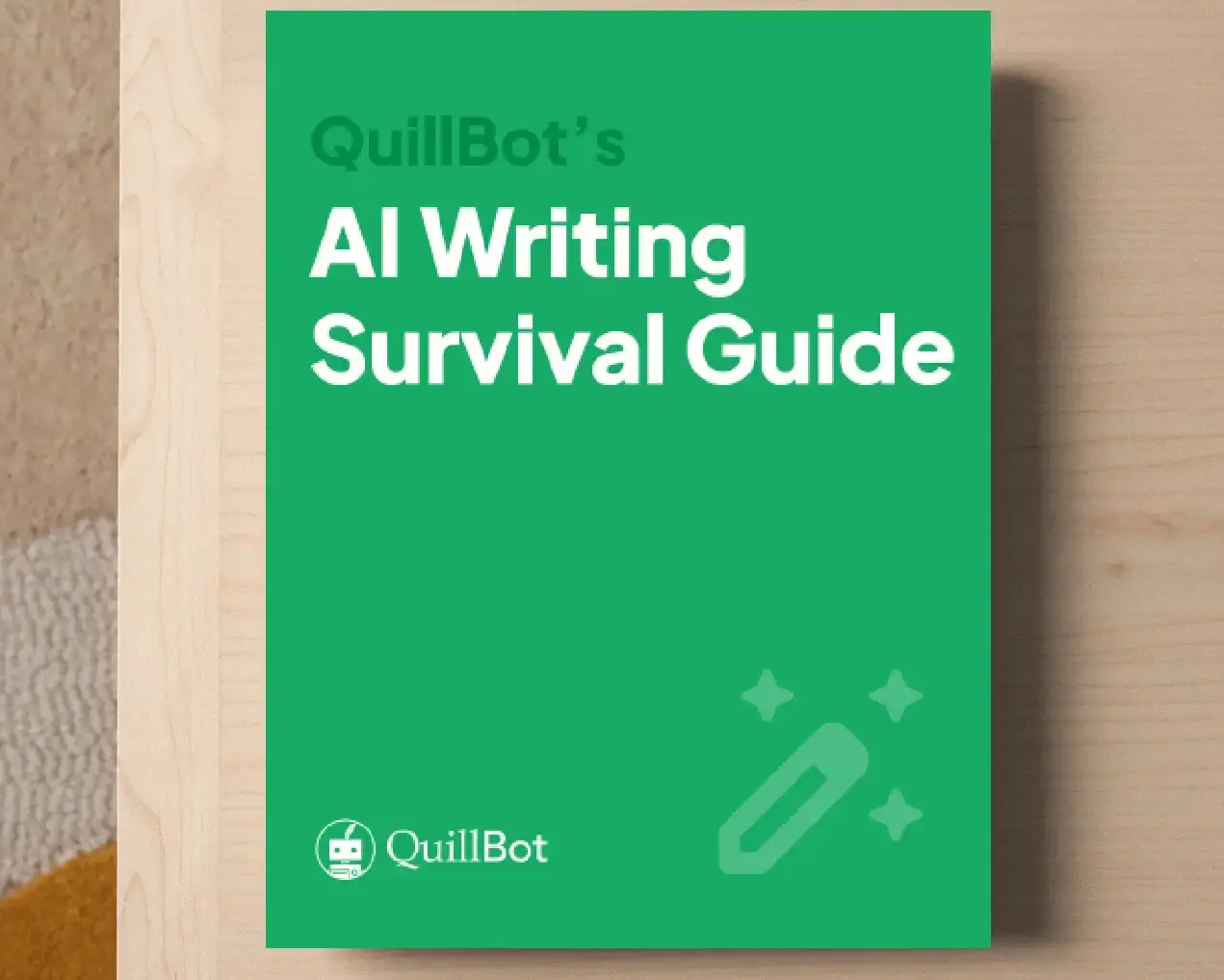How to Use an AI Recommended Reading Generator
From classrooms and libraries to the workplace and online platforms, people create recommended reading lists to educate, empower, and connect others with ideas that matter. A recommended reading list is a curated collection of books, articles, or other texts that share a common theme or serve a common purpose. Different types of recommended reading lists include:
- Summer reading lists for K–12 students
- Fliers or themed displays in bookstores or libraries
- “Suggested reading” pages on nonprofit or government websites
The biggest challenge of recommended reading lists is choosing titles that are accurate, engaging, and relevant to your audience’s needs. Luckily QuillBot’s free recommended reading list generator can streamline the process.
How to create a recommended reading list
The following steps will help you create a focused and impactful recommended reading list.
1. Know your audience
Before you start looking for books or articles, define who you’re creating the list for. Consider these aspects of your target audience:
- Age group
- Reading level
- Interests or motivations (e.g., academic, personal growth, activism)
- How much time they realistically have to read
2. Define the purpose and theme
Next, decide what your recommended reading list will focus on and what it should do for your audience. Some common purposes for recommended reading lists include:
- Preparing for an academic course or unit of study
- Expanding awareness about a health or safety issue
- Discovering new publications in a certain genre (e.g., new mystery novels)
3. Choose which titles to include in the list
If you’re an expert on the topic, you may already have some ideas about go-to sources. But, you should also do online research to find additional sources for your list. Here are a few ways to explore possible titles:
- Review other recommended reading lists on the same topic.
- Do an online search for the most recent publications.
- Check professional blogs or forums on the topic to find out what experts are reading.
- Ask QuillBot’s AI search to show you a list of sources (with links).
4. Add descriptions or annotations
For each title on your recommended reading list, include these details:
- A short summary (1–2 sentences)
- Why it’s relevant to the reader or topic
- Format (print, audiobook, free online access)
Using an AI recommended reading list generator
An AI recommended reading list generator can jumpstart the process. Here’s how to get the most out of QuilBot’s free tool.
- Write a prompt that includes your topic, purpose, and target audience.
- Ask the tool to provide more titles that you’ll end up using so that you can narrow the list to the best choices.
- Include any instructions for describing each title (e.g., “provide a short summary of each title”).
- Review the output, and write a follow-up prompt to make any necessary adjustments.
QuillBot’s recommended reading list generator
Frequently asked questions about using an AI recommended reading list generator
- Can I include podcasts or videos in a recommended reading list?
-
Yes, you can include podcasts or videos in a recommended reading list. These can help broaden understanding, appeal to different learners, and make the list more engaging. Just be sure each item still serves the overall purpose and theme of the list.
You can prompt QuillBot’s recommended reading list generator to include multi-media sources in the output.
- How many titles should a recommended reading list include?
-
Most effective reading lists include between 5 and 15 thoughtfully chosen titles. Shorter lists are easier to digest and less overwhelming, especially for casual readers or introductory topics. If you’re building a list for a course or professional program, you might include more items, but it’s still better to prioritize quality over quantity.
When you’re using QuillBot’s free recommended reading list generator, you can specify how many titles you want in the prompt.
Cite this Quillbot article
We encourage the use of reliable sources in all types of writing. You can copy and paste the citation or click the "Cite this article" button to automatically add it to our free Citation Generator.
QuillBot. (2025, September 12). How to Use an AI Recommended Reading Generator. Quillbot. Retrieved December 17, 2025, from https://quillbot.com/blog/ai-writing-tools/how-to-use-a-recommended-reading-generator/


